So you have just bought your new bike and you are ready to hit the trails? However, to keep you safe and comfortable while out riding you should read this list of essential Mountain Biking equipment.
1. Cycle Helmet
There is a lot of controversy over the effectiveness of helmets being able to prevent head injuries. Generally they are only tested to withstand the type of impact a rider could suffer if travelling at 12mph and hitting a stationary object such as a kerb.
However, having had an accident myself where I hit my head on a hard surface and dented the helmet. I’m absolutely certain that if I hadn’t been wearing the helmet I would have sustained some form of head injury. Therefore, I personally recommend you should wear one, particularly while Mountain Biking where the terrain may be rocky and/or more dangerous.
Prices of helmets vary considerably from £20 to over £100, you don’t need to spend alot to get a decent helmet but I recommend finding one that is marked with the European/British Standard EN 1078. If you stick to well known brands such as Giro, Bell, Met and Boardman you can feel pretty confident that it has been tested to the best standards.
Mountain Bike specific helmets tend to offer more coverage to help meet the demands of riding your bike in rougher, off-road terrain. Before buying a helmet it’s very import to measure your head to make sure the helmet is a good fit. Using a soft measuring tape, measure approximately 1 inch above the eyebrows and around the complete circumference of your head. Measure a few times and take an average to get the most accurate measurement.
Also, it’s always best if you can actually go and try the helmet on in a shop to see how good the fit is and whether it feels comfortable for your head shape. However, many online retailers including Amazon (although you’ll need to check if it applies to helmets) offer free delivery and free returns so you can ‘buy and try’ without worrying about extra charges.
Some of the more expensive helmets (£60+) may have a new added safety feature called MIPs. MIPS stands for Multi-directional Impact Protection System. It is known as a ‘slip-plane’ technology that works inside the helmet and helps to reduce the rotational forces that can occur from certain impacts.
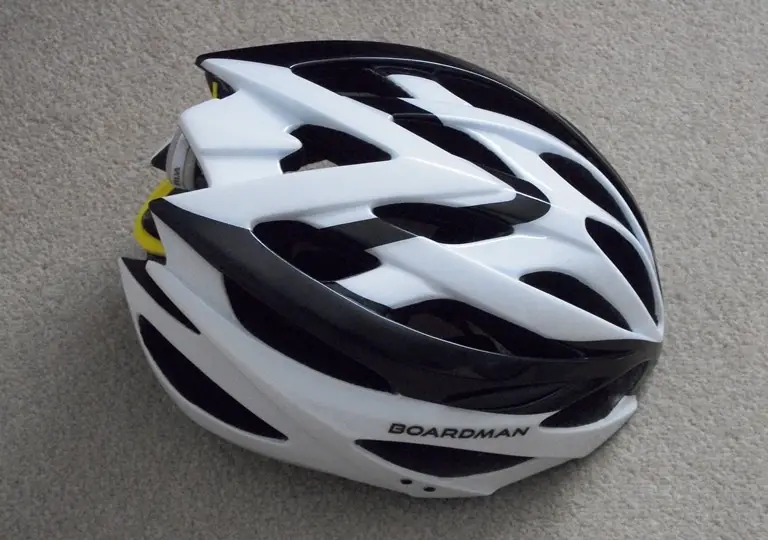
Quality entry-level products:
Giro Fixture Helmet
Giro Revel Helmet
2. Bottle / Hydration System
If you want to be able to ride for at least an hour or more your going to need a way of carrying some water with you. The easiest, cheapest way is to use a bottle cage and bottle. Bottles vary in sizes from 500ml up to 1 litre but the most common size is 750ml which should last you at least 1hr-1.5hrs.
Some bikes will have bosses/mounting points for 2 bottle cages which obviously doubles your riding time. If you only have 1 bottle cage mount or you want to ride for 3hrs+ you may want to consider getting a Hydration Pack. This comes with a bladder than can hold anywhere from 1-3 litres of water which will significantly increase your riding time.
The most popular brands are Camelbak and Osprey, a basic model can be found for around £35.
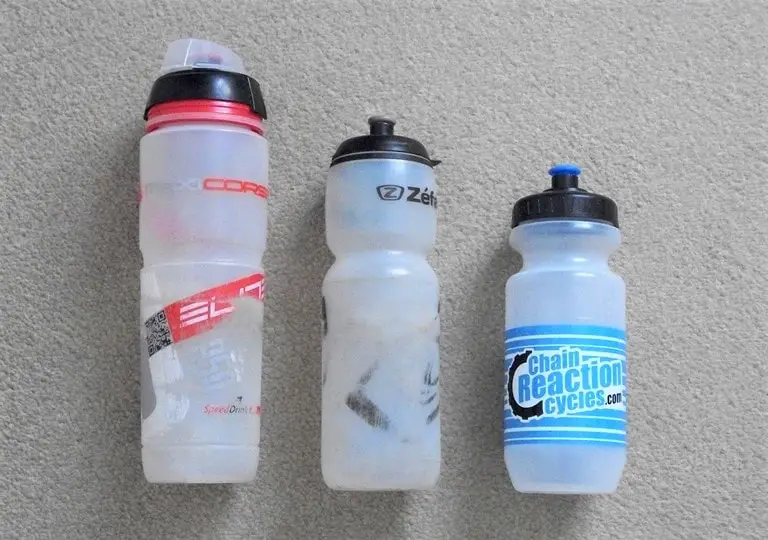
Quality entry-level products:
Camelbak Hydration Pack
Dakine Session Pack
3. Mini-Pump
At some point during a ride you WILL get a puncture so you need to be prepared for this. Ideally you want to always bring a spare inner-tube, tyre levers and puncture repair kit with you.
You can then just change the inner-tube with the spare one and pump the tyre back up with the mini-pump. If the worse happens and you get another puncture during the ride the repair kit will allow you to patch the puncture and continue riding. This could potentially avoid a very long walk home/back to the car.
Most modern bikes these days come with tubeless ready wheels and tyres. This is a new system where you just fill the space between the tyre and wheel with air without an inner-tube and then pour special sealant into the cavity.
The sealant will then fill and seal any holes preventing any more air from escaping. A tubeless system can reduce the chances of puncturing and many cyclist’s swear by it. It’s not something I have tested myself yet but plan to in the future.
A decent quality mini-pump can be picked up for £15-20 and will last you for several years. Look out for brands like Lezyne, Topeak and Birzman who have been making quality pumps for years. Personally I like the pumps that come with a flexible screw on hose. This makes it much easier to fit it to the inner tube valve while it’s on the bike. Most decent pumps will also come with a bracket which will neatly attach the pump to the bike using the bottle cage bosses.
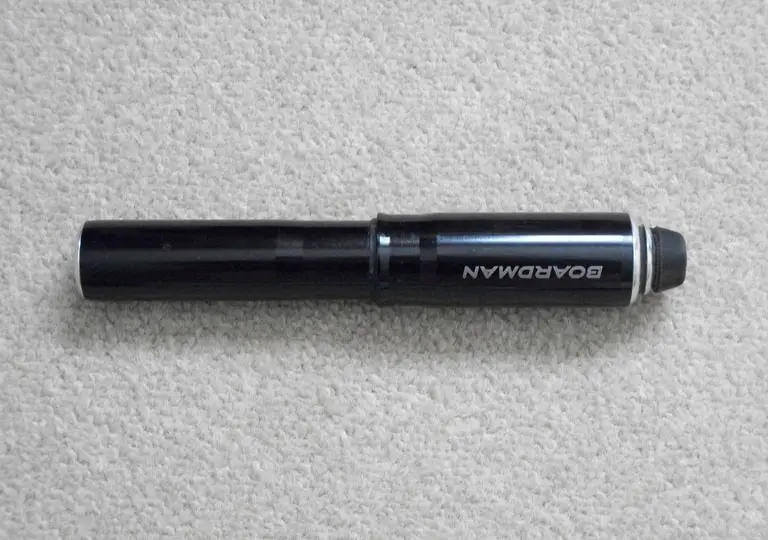
Quality entry-level products:
Lezyne Sport Drive Pump
Topeak Race Rocket Pump
4. Multi-Tool
As well as punctures you also need to be prepared for any potential mechanical issues with your bike. Things like loose bolts on stems, handlebars and saddles can all be fixed with an allen key from your multi-tool. It would be best to get one which comes with a chain tool incase you need to fix a broken chain.
Regarding fixing chains I would also highly recommend getting some kind of quick link, such as the one by KMC. These allow you to replace a broken link and can be installed and removed without using any tools. When buying links be sure to get the right version for your gears. For example, if you have a 10 speed cassette get the 10 speed links.
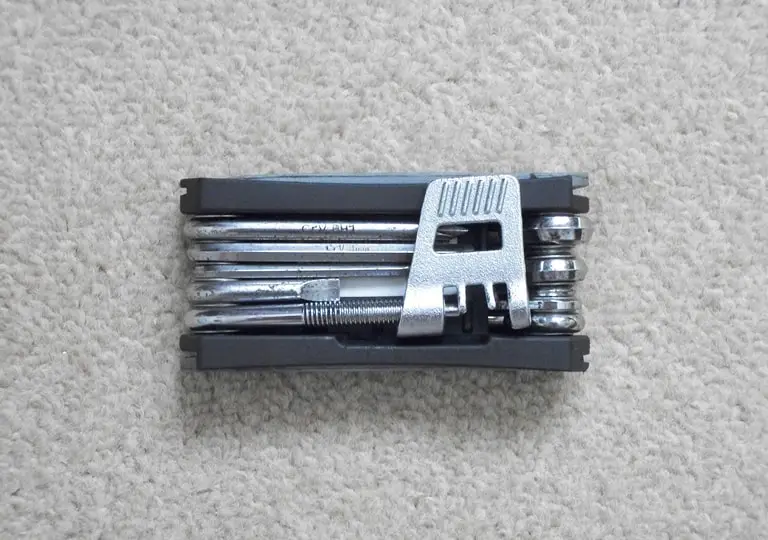
Quality entry-level products:
Park Tool I-Beam
FWE 11 in 1 Multi Tool
KMC Quick Link (10 speed)
5. Cycling Glasses
Obviously your eyes are very important so you need keep them well protected. Most cycling glasses have wrap-around lenses to protect your eyes from flying dirt/gravel, bugs, wind and rain.They usually come with a set of different coloured lenses designed for various lighting conditions. However, I would highly recommend Photochromic Glasses because these have lenses which adjust to the lighting conditions on the fly. You can read more about Photochromic Cycling Glasses in my Buyer’s Guide here: Best Photochromic Glasses under £50
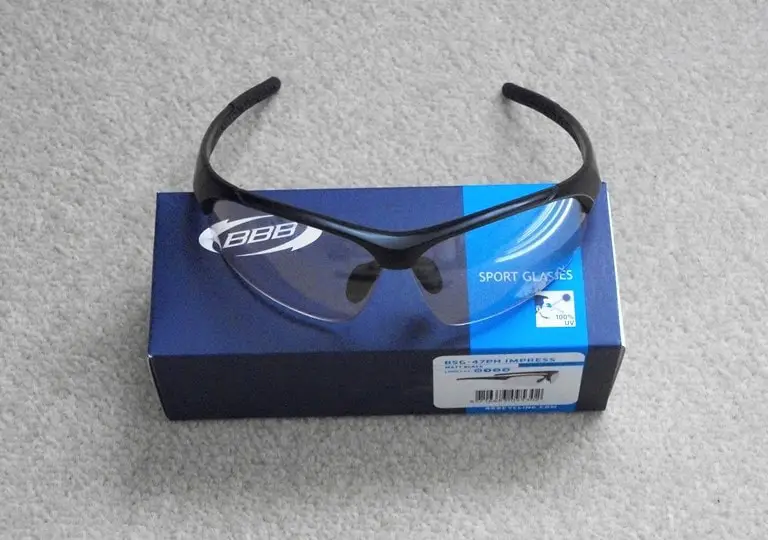
6. Mountain Biking Shoes
A decent pair of cycling shoes allow you to pedal more efficiently, increase your speed and help reduce fatigue, so they are well worth the investment. They tend to have really stiff soles which flex less as you pedal than normal sports shoes. This allows more power to be transferred to the pedals. I personally like to wear clip-in style shoes known as SPD’s. This system was developed by Shimano whereby the shoe actually clips into the pedal securing it in place.
This reduces any chances of slipping off the pedals and also improves pedalling efficiency. It can take some practice to get used to clipping in and out of this type of shoe/pedal system but I think they are well worth it.
However, if the idea of being clipped into the pedal doesn’t appeal you can still buy normal dedicated Mountain Bike shoes without the SPD system. If you choose to go down this route it’s recommended to buy dedicated ’flat’ pedals. These have small spikes in them to give more grip between the pedal and shoe. You could also buy a pair of SPD shoes and just use them with standard ‘Flat’ pedals and then upgrade to SPD pedals as and when you feel like trying them.
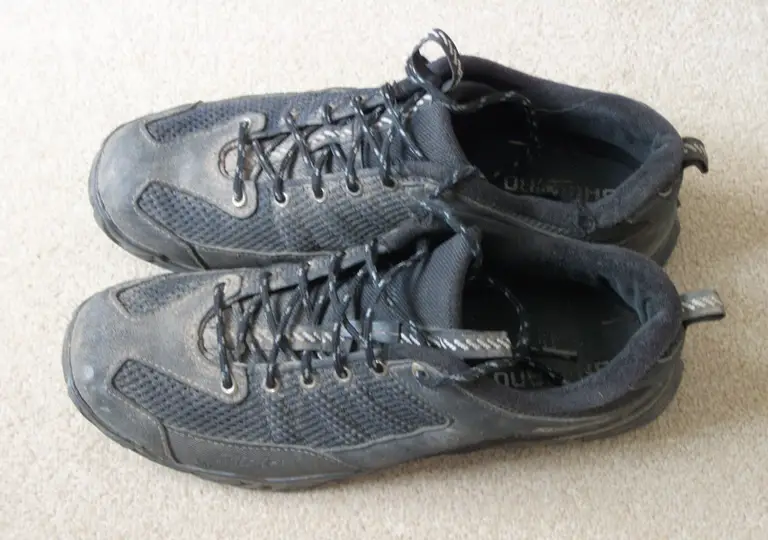
Quality entry-level products:
Shimano SH-MT3L SPD Shoes
Five Ten District Flat Shoes
7. Mountain Biking Shorts
Although perhaps not necessarily essential, if your going to be in the saddle for more than 2 hours wearing dedicated cycling shorts will be much more comfortable.
Mountain Bike shorts tend be quite a loose fit so they don’t restrict your legs when pedalling. They will also be quite long to give your legs some protection from brambles, nettles and branches etc.
Some of the more expensive brands come with a padded liner which helps to provide even more comfort on really long rides.
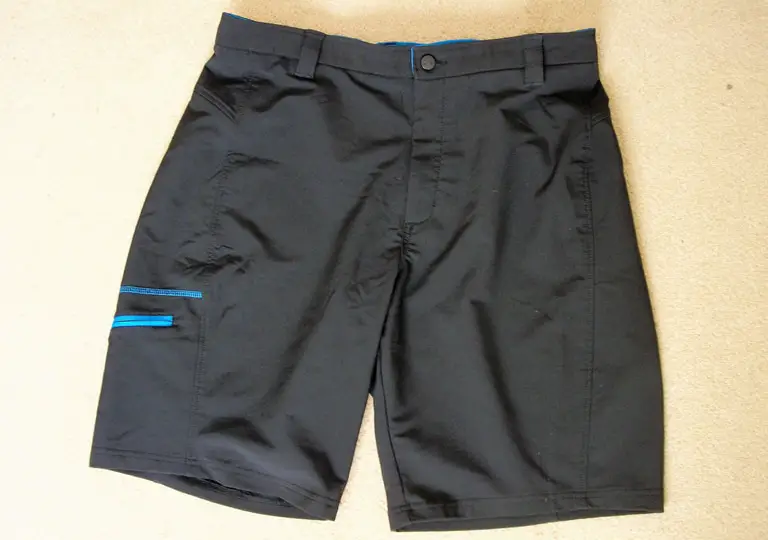
Quality entry-level products:
Altura Cadence Shorts
Dare 2b Adhere convertible Shorts
Buying Gear on a Budget
If you’re just starting out Mountain Biking it’s worth looking out for the cheaper brands and bargains because you may decide a few months later that this hobby is not for you.
Aldi and Lidl both have Cycling Gear Special Buys which they run 2 or 3 times a year and most of their stuff is perfectly adequate. I particularly think their MTB shorts, mini-pumps and multi-tools are good quality. However clothing sizing can be a bit hit and miss.
It’s worth checking Decathlon as they have a range of budget cycling gear which is generally well regarded. Also keep an eye out for sales and bargains at GO Outdoors, Wiggle, Evans Cycles and Chain Reaction Cycles. There are many more online retailers but I think generally those mentioned here have the best prices.
How to carry your Gear
So you’ve bought your multi-tool, quick links, puncture repair kit and inner tubes, but how are you going to carry all this Mountain Bike equipment while on the bike?. The simplest solution would be to stuff everything into your shorts or cycling jersey pockets.
However, heavy, bulky items like multi-tools will just flop around in your pockets and be quite uncomfortable while riding. They could even cause quite a nasty injury if you crashed and landed on them.
Also, it’s possible you might forget to take one of these essential items with you on every ride.
Therefore I would recommend storing items like this in some kind of bag or even better use an on-bike storage system. This could be your Hydration Pack or if you don’t want/have one of these then there are now several other ways of storing items on the bike.
Frame Bags
Thanks to the growing popularity of Bikepacking there is a wide range of small to large bags that can be mounted to various parts of the bike.
These include the classic saddle bag but also things like top-tube bags and frame bags.
You can even get a custom frame bag made to fit virtually anywhere on your bike at Beerbabe. Beerbabe make all their bags from recycled inner tubes, to get your bag made you just need to make and send them a template of your frame with markings such as bottle cage mounts and cable routing points.
Straps
Many mountain bikers now just strap an inner tube below their saddle or to their frame using specially designed stretchy velcro straps. These are strong enough to keep your essential Mountain Biking gear securely attached to your frame.
The latest line of products in this area include the Dakine Hot Laps Gripper Bag which combines the neat, minimalist approach of a frame strap with a bit more protection against mud and water.
Some example products:
Backcountry Research
Louri frame strap
Tool Bottles
These are specially designed bike bottles that have wide openings and separate compartments for storing any essential tools and equipment.
They are a neat solution but it does mean losing a bottle cage and therefore reducing the amount of water you can carry on your ride.
Some example products:
Zefal Z Box Tool Bottle
Elite Byasi Storage Bottle
Other Solutions
This is a list of other innovative products for storing tools and equipment on the bike:
Piggy On Bike Storage
Wolf Tooth B-Rad System
Topeak Ninja Pouch Plus Mountain